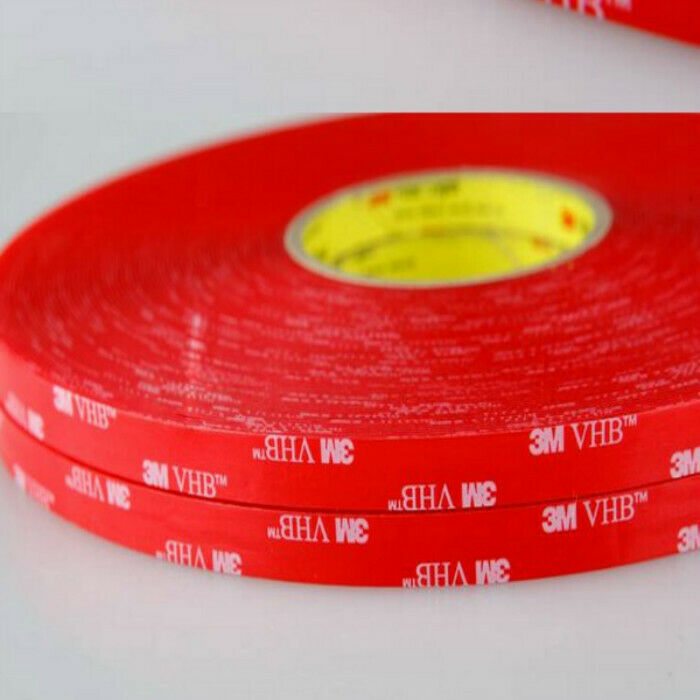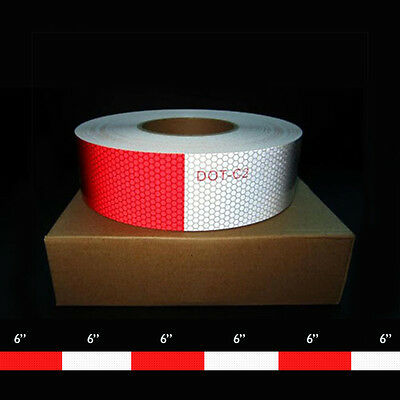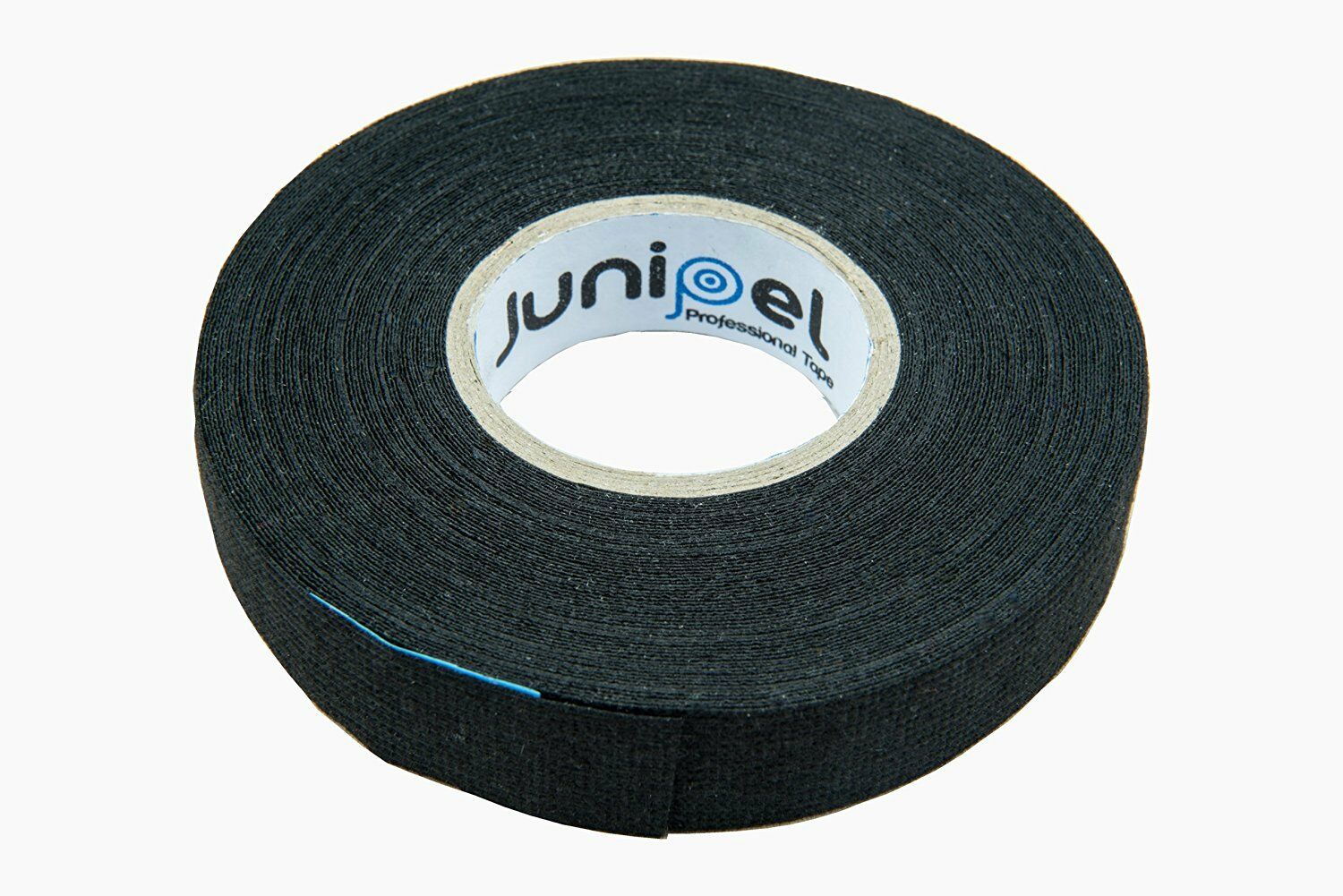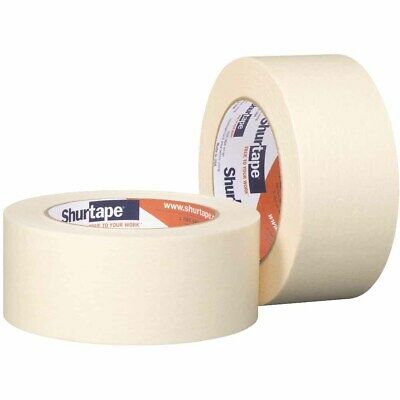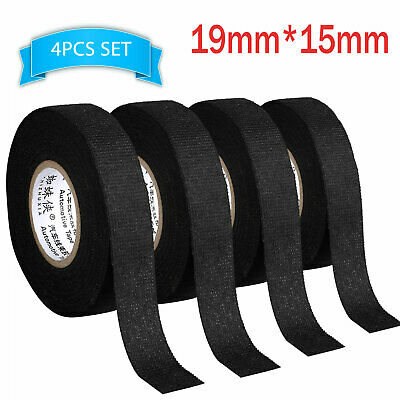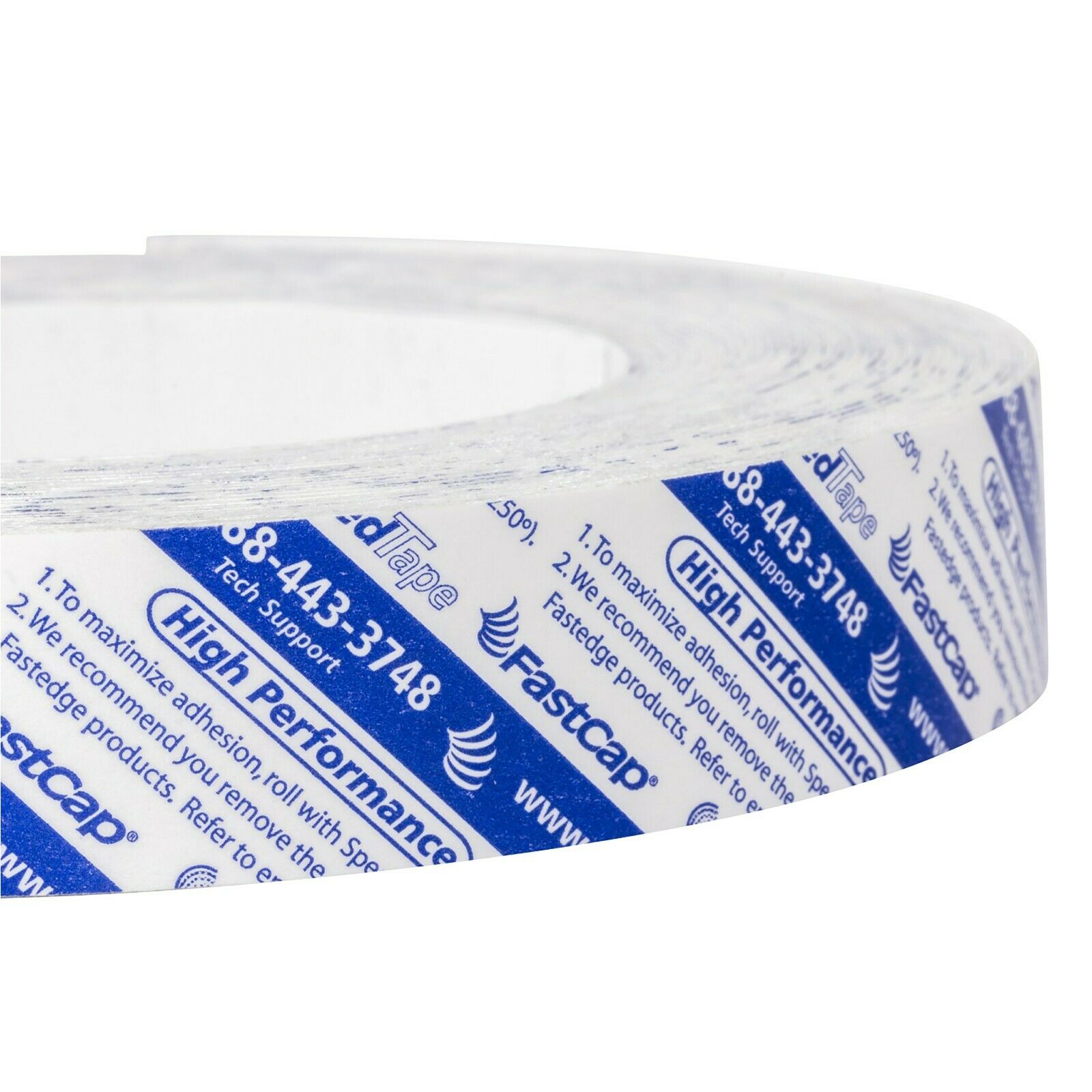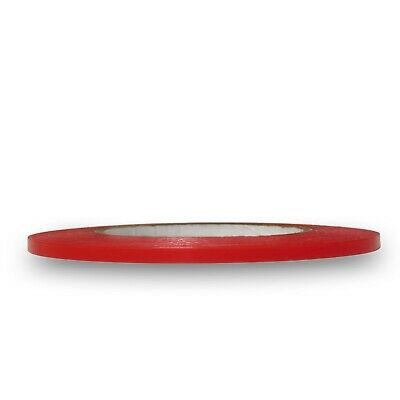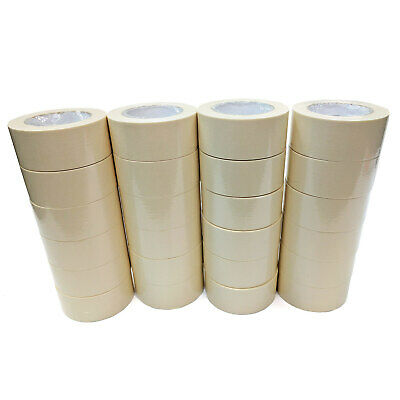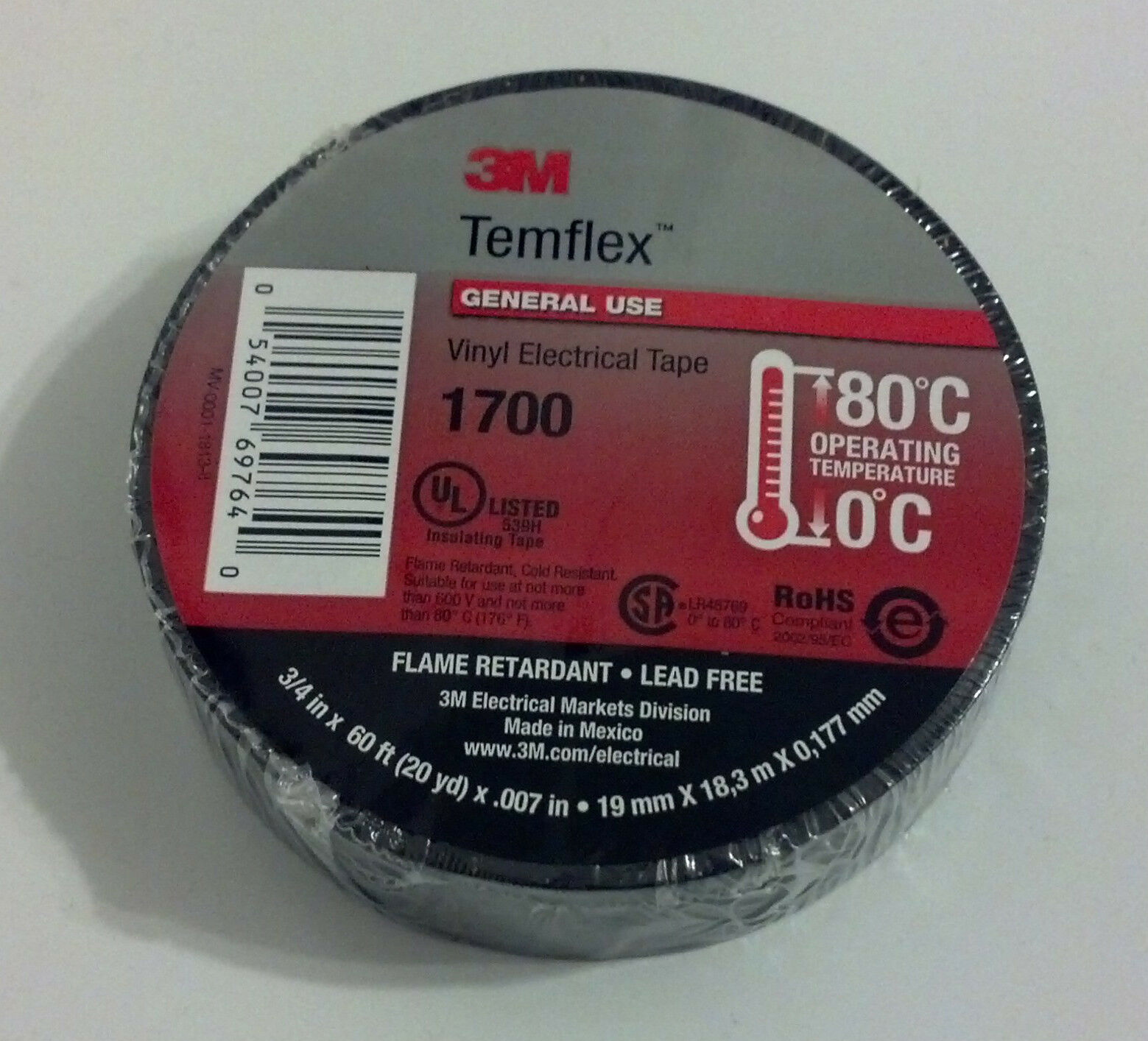-40%
3M VHB #4905 Double-sided Clear Transparent Acrylic Foam Adhesive Tape 33M Long
$ 10.55
- Description
- Size Guide
Description
3M VHB #4905 Double-sided Clear Transparent Acrylic Foam Adhesive Tape Long 33M0.5mm*10mm*33m 1 Roll
can instead of rivets, screws and other mechanical fixation
.3M VHB double-sided tape have the comprehensive structure of acrylic, not only can seal off moisture and most solvents,
but also long-term resistance to uv radiation, hot and cold cycle.Unique foam can be as excellent cushioning material.
.Unlike mechanical fixed point force, VHB tape can average dispersion force, so the user can use the thin material and no deformation, metal fatigu.
4905
This family of clear tapes is excellent for applications where clear or colorless is desired. The general purpose
adhesive on both sides is suitable for high surface energy substrates.
Description
Clear, acrylic construction for joining transparent material.
Adhesive Type: Acrylic
Tape Thickness w/o liner :45 mils(1.1mm)
Temperature Resistance
Minutes Hours: 300°F(149°C)
Days Weeks: 200°F(93°C)
Solvent Resistance: High
Relative Adhesion
HSE: High
LSE: Low
Application Ideas
Seal skylight inner/outer dome.
Mount back lit translucent signs.
Edge-bond resin filled glass.
Liner Type: A
Liner Types:
A – 3 mil 54# Densified Kraft Paper
B – 5 mil Clear Polyethylene Film
C – 2 mil Polyester Film
D – 5 mil Red Polyethylene Film
E – 4 mil 58# Polycoated Kraft Paper
Relative Adhesion:
HSE – High Surface Energy
LSE – Low Surface Energy
Application Techniques
Clean: Most substrates are best prepared by cleaning with a 50:50 mixture of isopropyl alcohol (IPA*) and
water prior to applying 3M? VHB? Tapes.
Exceptions to the general procedure that may require additional surface preparation include:
? Heavy Oils: A degreaser or solvent-based cleaner may be required to remove heavy oil or grease from a
surface and should be followed by cleaning with IPA/water.
? Abrasion: Abrading a surface, followed by cleaning with IPA/water, can remove heavy dirt or oxidation
and can increase surface area to improve adhesion.
? Adhesion Promoters: Priming a surface can significantly improve initial and ultimate adhesion to many
materials such as plastics and paints.
? Porous surfaces: Most porous and fibered materials such as wood, particleboard, concrete, etc. need to be
sealed to provide a unified surface.
? Unique Materials: Special surface preparation may be needed for glass and glass-like materials, copper
and copper containing metals, and plastics or rubber that contain components that migrate (e.g. plasticizers).
Refer to 3M Technical Bulletin “Surface Preparation for 3M? VHB? Tape Applications” for additional
details and suggestions. (70-0704-8701-5)
*Note: These cleaner solutions contain greater than 250 g/l of volatile organic compounds (VOC). Please
consult your local Air Quality Regulations to be sure the cleaner is compliant. When using solvents,
be sure to follow the manufacturer’s precautions and directions for use when handling such materials.
Pressure: Bond strength is dependent upon the amount of adhesive-to-surface contact developed. Firm
application pressure develops better adhesive contact and helps improve bond strength. Typically, good surface
contact can be attained by applying enough pressure to insure that the tape experiences approximately 15 psi
(100 kPa) pressure. Either roller or platen pressure can be used. Note that rigid surfaces may require 2 or 3 times
that much pressure to make the tape experience 15 psi.
Temperature: Ideal application temperature range is 70°F to 100°F (21°C to 38°C). Pressure sensitive
adhesives use viscous flow to achieve substrate contact area. Minimum suggested application temperatures:
50°F (10°C): 3M VHB Tapes 4950, 5952, 4910, 4952, 4611, 4622 families.
60°F (15°C): 3M VHB Tapes 4941, 4945 families.
32°F (0°C): 3M VHB Tape 4951 families.
Note: Initial tape application to surfaces at temperatures below these suggested minimums is not
recommended because the adhesive becomes too firm to adhere readily. However, once properly
applied, low temperature holding is generally satisfactory.
To obtain good performance with all 3M VHB Tapes, it is important to ensure that the surfaces are dry
and free of condensed moisture.
Time: After application, the bond strength will increase as
the adhesive flows onto the surface (also referred to as “wet out”).
At room temperature approximately 50% of ultimate bond
strength will be achieved after 20 minutes, 90% after 24 hours
and 100% after 72 hours. This flow is faster at higher temperatures
and slower at lower temperatures. Ultimate bond strength can be
achieved more quickly (and in some cases bond strength can be
increased) by exposure of the bond to elevated temperatures
(e.g. 150°F [66°C] for 1 hour). This can provide better adhesive
wetout onto the substrates. Abrasion of the surfaces or the use of
primers/ adhesion promoters can also have the effect of increasing
bond strength and achieving ultimate bond strength more quickly.




